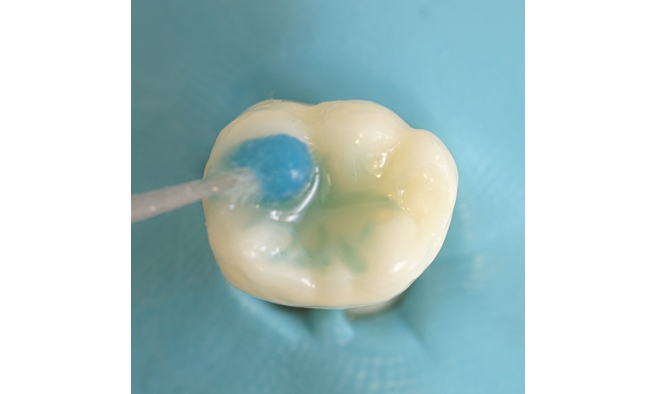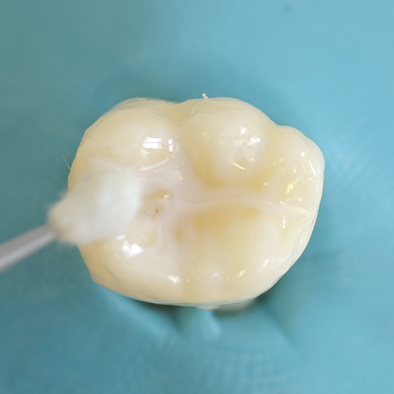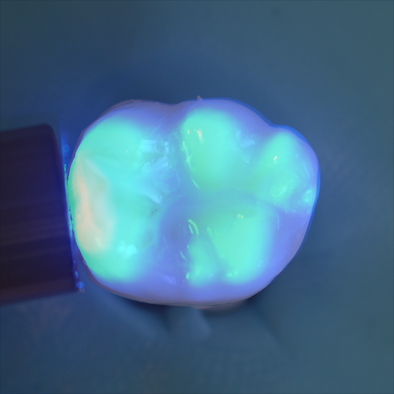Fissure Sealants
Molars have fissured (grooved) surfaces which facilitate the build-up of harmful plaque and make it harder for patients to keep clean.
Fissure-sealants are materials that can be used to fill-up the naturally-occuring fissures and help prevent the onset of decay. In some cases, if decay has already set in but is in its very early stages, the provision of sealants may even help prevent the progression of decay.
Sealants may be indicated when the patient or his/her siblings have a higher risk of developing decay, or when the fissures on the teeth are particulary difficult to keep clean due to general or other local factors.
Procedure: Having fissure-sealants placed is a relatively easy and totally painless procedure. No anaesthesia is involved, as the procedure is non-invasive and does not involve drilling. In some cases, teeth may however need to be brushed clean.
When resin sealants are used, an acid gel is painted on the tooth for a few seconds. The gel is then washed away, the teeth are kept dry and the sealants are painted on. A light is used to make the sealant set.
Another form of sealant does not require the prior treatment of the tooth surface with an acid gel but only thorough washing and drying prior to the placement of the sealant which is subsequently made to set, usually by using a light.
Sealants must be inspected regularly for any missing bits which can be repaired in the same way as they are originally placed.
-

Fissure Sealing - Step 1
The tooth is etched with an acid gel
-

Fissure Sealing - Step 2
The tooth is washed asnd dried. A fissure-sealant is painted onto the tooth
-

Fissure Sealing - Step 3
The fissure-sealant is light-cured
